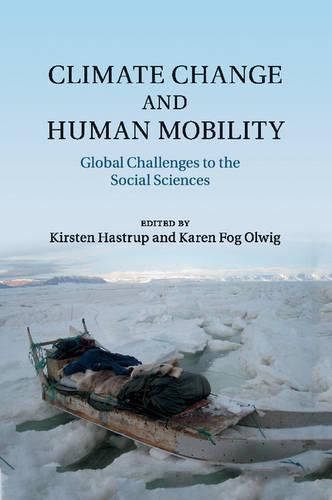Readings Newsletter
Become a Readings Member to make your shopping experience even easier.
Sign in or sign up for free!
You’re not far away from qualifying for FREE standard shipping within Australia
You’ve qualified for FREE standard shipping within Australia
The cart is loading…






‘The greatest single impact of climate change could be on human migration’, stated the Intergovernmental Panel on Climate Change (IPCC) in 1990. Since then there has been considerable concern about the large-scale population movements that might take place because of climate change. This book examines emerging patterns of human mobility in relation to climate change, drawing on a multidisciplinary approach including anthropology and geography. It addresses both larger, general questions and concrete local cases, where the link between climate change and human mobility is manifest and demands attention - empirically, analytically and conceptually. Among the cases explored are both historical and contemporary instances of migration in response to climate change, and together they illustrate the necessity of analyzing new patterns of movement, historic cultural images and regulation practices in the wake of new global processes.
$9.00 standard shipping within Australia
FREE standard shipping within Australia for orders over $100.00
Express & International shipping calculated at checkout
‘The greatest single impact of climate change could be on human migration’, stated the Intergovernmental Panel on Climate Change (IPCC) in 1990. Since then there has been considerable concern about the large-scale population movements that might take place because of climate change. This book examines emerging patterns of human mobility in relation to climate change, drawing on a multidisciplinary approach including anthropology and geography. It addresses both larger, general questions and concrete local cases, where the link between climate change and human mobility is manifest and demands attention - empirically, analytically and conceptually. Among the cases explored are both historical and contemporary instances of migration in response to climate change, and together they illustrate the necessity of analyzing new patterns of movement, historic cultural images and regulation practices in the wake of new global processes.